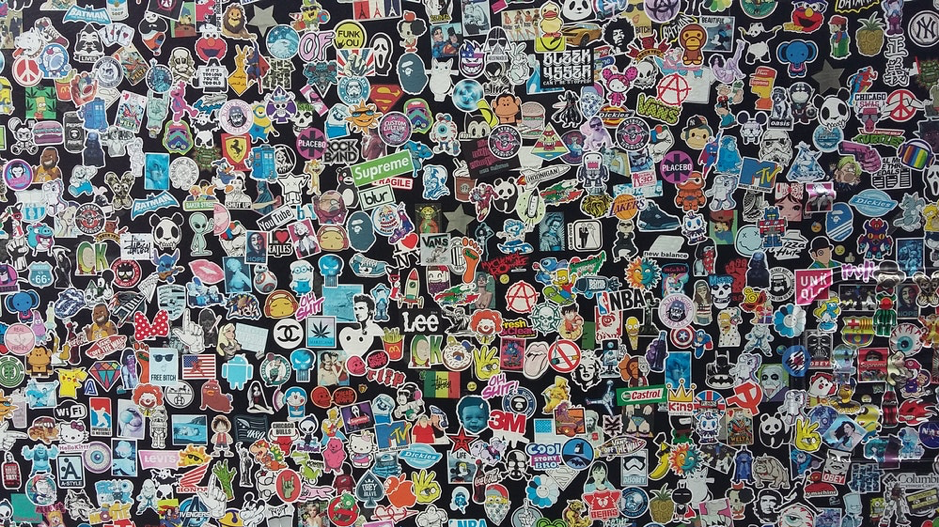
From counterculture movements to start-up brands, figuring out how to print stickers and how to make vinyl stickers is an important step in establishing a sense of identity. DIY sticker making started to become popular in the late seventies’ music, political and skateboarding scene before becoming an avenue for artistic expression.
Now, printing stickers can be a useful addition to establishing a brand identity, as well as being a bit of fun.
Here, Label Source details how to print stickers, recommends the best printer for stickers, as well as directs you on how to buy sticker paper from us.
What Type of Sticker Paper Do You Need?
The foundation of all good stickers is high-quality sticker paper. Figuring out where to buy the best sticker paper can be difficult, so first you need to decide what type of sticker suits your needs. Broadly-speaking, there are two types of stickers:
- Rolls – Roll stickers, as the name suggests, come on a roll and should be used on printers suitable for accepting that format, namely direct thermal or thermal transfer printers. The former is limited to using thermal papers and tends to be used for packaging labels or till receipts. The latter requires the use of ribbons made of paper, vinyl, or polyester to provide more durable stickers for product or equipment marking.
- Sheets – These tend to be used for laser, inkjet and digital printers, and are usually die cut on the sheet. The most common type of sheet sticker material is self-adhesive paper, although polyester can be used on laser printers to provide waterproof and more robust stickers. Vinyl should not be used on laser printers as the heat of the laser can cause problems during printer operation.
What Printer Should You Use?
In terms of printers, you should opt for a good quality Inkjet printer. While most printers of this type should be fine, sticker aficionados should aim for a device that supports CMYK printing and a resolution of at least 1200 dpi.
How to Print Stickers at Home
Firstly, you’ll need to create your own sticker design with some image editing or production software. It’s possible to do this in a simple programme like Word, but the more professional the programme, the higher the quality the final image will be.
Next, you need to colour match the images to your printer. Almost all printers use CMYK processing. Pantone is another option, which gives a better quality, but at a higher price. Just check the CMYK colour processing is working appropriately before printing the stickers.
Following that, review the designs and ensure the colours are balanced. A lot of black or dark tones will result in a lower-quality image.
To finish, print a test sheet on a normal piece of paper to make sure you’re happy with the designs. Then, load up your desired sticker paper, print and die-cut the images loose. Just make sure the ink is dry!
Do You Have Everything You Need?
Overall, if you want to have good stickers, then you need good quality sticker paper, and Label Source has some of the best in Inkjet suitable sticker paper stocked. Check it out!
For more from the ever-changing world of labels, be sure to follow Label Source on Facebook and Twitter.